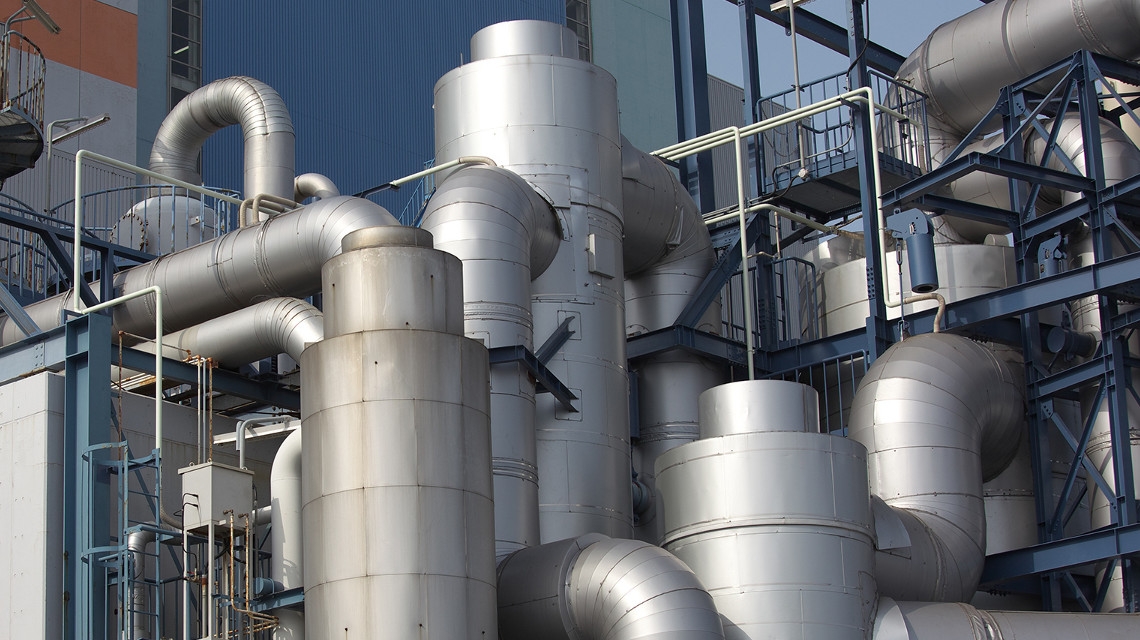
As the world’s population grows and our natural resources diminish, it becomes ever more important to make the most of all potential sources of enerOne source that is currently largely untapped is the vast low-grade thermal energy generated by processes such as industrial processes and geothermal and solar energy.
Harvesting it seems fairly straightforward – we can, after all, turn temperatures of 150°C and lower into electricity – but exploiting it has so far proven not to be that easy.
What few technologies have been developed have been expensive – and other, more potent sources, such as gas, oil, solar and wind, give more bang for your buck.
But a developing technology now being explored at the Masdar Institute is making low-grade thermal-energy extraction a far more realistic and attractive option.
Organic Rankine cycle (Orc) technologies work by using available low-grade temperature to heat a liquid – typically an organic refrigerant – to produce pressurised vapour that is expanded to drive an electricity generator.
When the energy is extracted from the vapour, the vapour cools and condenses back to its liquid form, returning to the start of the cyclical process.
While Rankine cycle technologies are being used in a number of applications already – producing about 85 per cent of the world’s electricity – the technology has been limited to higher temperatures until now.
Our research has shown that this flexible energy-conversion tool, with only a few minor modifications in design and functionality, can be adapted to harness thermal energy from any number of heat sources, even low-temperature ones.
In fact, with the modified Orc we designed, built and tested in the Masdar Institute’s labs, temperature sources as low as 100°C can produce cost-effective electrical power at a meaningful efficiency.
Efficiency is key for any low-energy transfer device. If you only have a few dozen watts of energy to collect, a loss of even one or two is significant. The modified Orc we designed has enhanced energy-conversion efficiency in all its components to make the most of every potential watt.
We also designed our Orc to be able to handle the ups and downs of available energy without issue, as many sources of energy, such as solar, are transient in nature.
And because our modified Orc is expected to operate under these transient conditions, we built in safety and autonomy so that it can run easily, without risk of serious interruption or danger.
Systems such as ours have the potential to be widely integrated in many varied scenarios to provide electricity.
It can be built into nearly any kind of industrial machinery, transforming the heat energy that the operation produces into electricity – which can then be fed back into the plant, reducing its overall energy costs.
The small-scale nature of these systems will lead to distributed power generation, producing power where it is required and reducing the need for long-distance energy transport.
The modified Orc can even be used to make a simple generator in the boot of a car, transforming thermal energy from the exhaust gases into electricity for lighting or phone charging.
It can provide energy to a rural village or off-grid island, or be integrated with thermal-energy storage technologies to collect and store energy for the hours when the sun is down.
This technology could prove to be one of the many pieces in the sustainability puzzle being grappled with around the world.
It is our hope that it will help to reduce overall energy consumption and carbon emissions, and generate operational-cost savings for all types of users in the UAE.
This research is also contributing to the valuable hands-on mechanical-engineering skills of a new generation of UAE-trained technical experts.
It has been designed and constructed by mechanical engineering students at the Masdar Institute. Students working on this project will continue applying their knowledge and skills to the improvement of the UAE’s concentrating solar-energy production at Shams Power station.
Alexander Robert Higgo is a mechanical-engineering graduate from Masdar Institute who will work for the Shams Power Company. Dr TieJun Zhang is an assistant professor of mechanical and materials engineering at the Masdar Institute.






